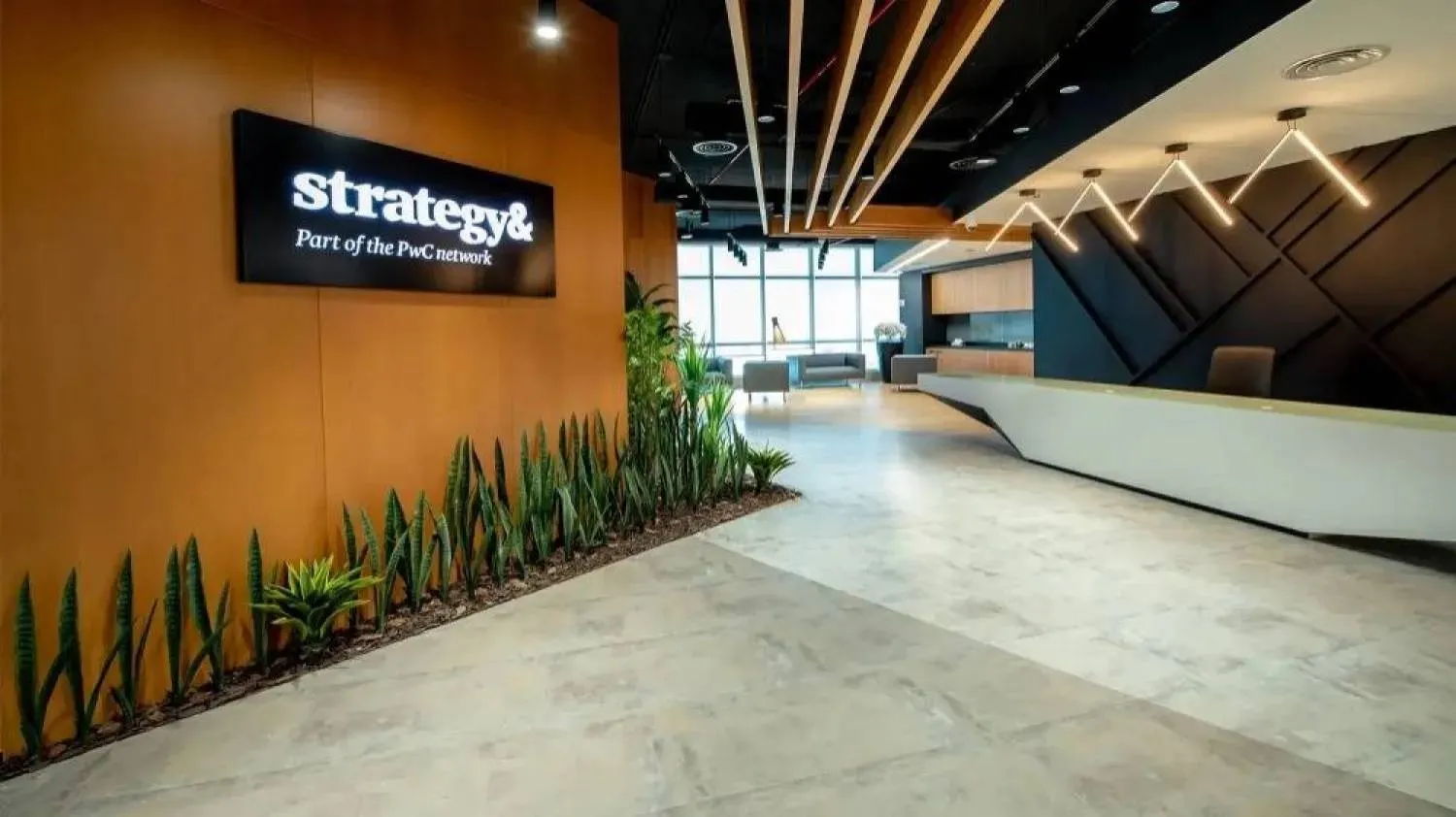Morocco's Tanger Med port expects to top its nominal processing capacity of nine million containers this year, the port's deputy managing director told Reuters, adding security problems in the Red Sea had had little impact on traffic growth.
Last year, the port maintained its position as the largest in the Mediterranean, handling 8.61 million 20-foot equivalent units (TEUs), up 13.4% on 2022.
In the first quarter this year, tonnage rose 14.9% to 33.3 million metric ton, while revenue increased 18.3% to 1 billion dirhams ($100 mln), official figures showed.
"We also grew by a certain percentage in terms of containers," Rachid Houari told Reuters, saying that the exact figure was for year's end.
"Now each terminal is doing a little bit more in traffic than the theoretical capacity, that is why I think we will do a little bit better than nine million containers," he said, in an office overlooking an export terminal full of Morocco-made cars.
"We want our port to function to its maximum best productivity," he said, noting terminal TC1 run by APM TT which processed 2.5 million TEUs last year, compared with its nominal capacity of 1.5 million TEUs.
The port's growth drivers are its location at the entry of the busy Mediterranean, its connection with 180 ports, and its partnerships with big shipowners and terminal operators such as Maersk, Hapag Loyd and CMA CGM, Houari said.
The port has often been mentioned as benefiting from the re-routing of container ships around Africa to avoid attacks by Iran-aligned Houthi militants in the Red Sea.
Containers crossing the Red Sea represented only 25% of the port's traffic, with many vessels still crossing the Suez Canal despite disruptions, Houari said, noting the bulk of the port's traffic is with Africa, Europe and the Americas.
The port is backed by industrial zones that are home to 1,200 companies that employ 110,000 people, generating exports worth $15 billion last year, or 20% of overall Moroccan exports.
It plans to expand its industrial zones from 2,500 hectares to 5,000 hectares to attract more investors in high added-value industries, Houari said.
Morocco's Tanger Med Port Expects to Exceed Nominal Container Capacity

A view of cargo and tankers ships sailing in the Strait of Gibraltar, located between the Musa mountain of Morocco and the coast of Spain, pictured from a tourist lookout in Tarifa, southern Spain, June 4, 2024. REUTERS/Jon Nazca

Morocco's Tanger Med Port Expects to Exceed Nominal Container Capacity

A view of cargo and tankers ships sailing in the Strait of Gibraltar, located between the Musa mountain of Morocco and the coast of Spain, pictured from a tourist lookout in Tarifa, southern Spain, June 4, 2024. REUTERS/Jon Nazca
لم تشترك بعد
انشئ حساباً خاصاً بك لتحصل على أخبار مخصصة لك ولتتمتع بخاصية حفظ المقالات وتتلقى نشراتنا البريدية المتنوعة







